What is Chiaroscuro Lighting, And How Do Filmmakers Use It?
Chiaroscuro lighting technique is the undeniable king when it comes to crafting memorable images, let's break down how you can use it.
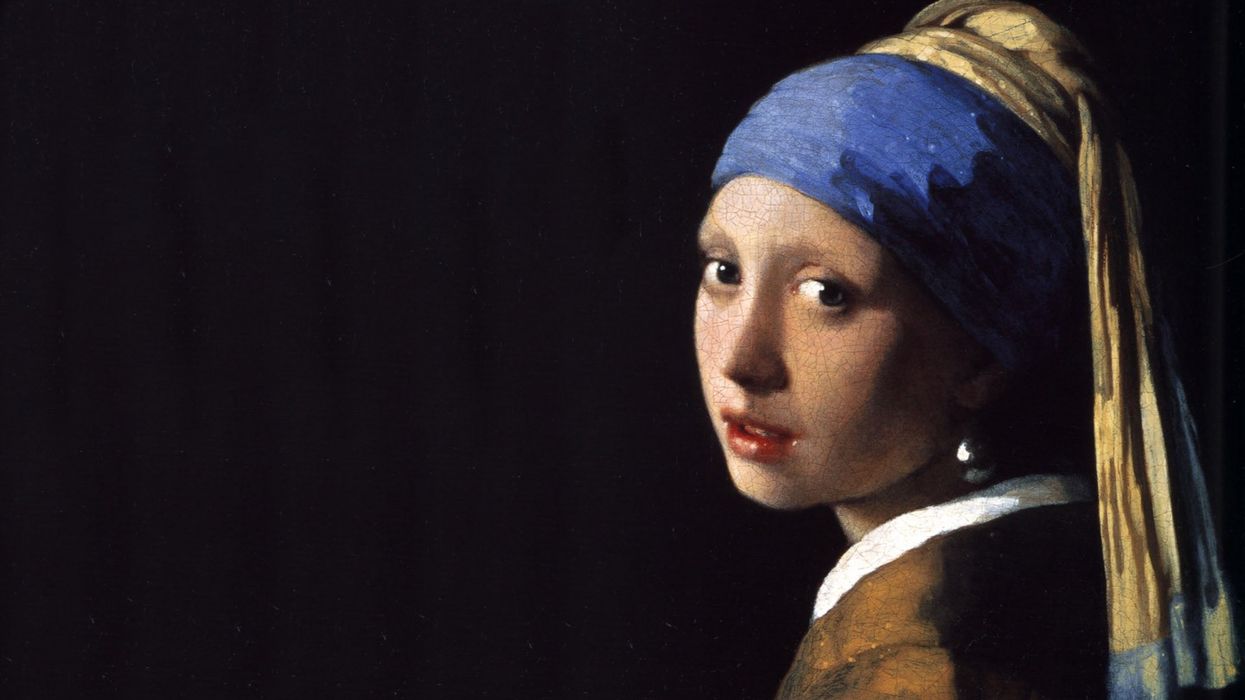
In the realm of cinematic storytelling, light isn't just a tool to illuminate scenes; it's a powerful storytelling device that can shape the mood, tone, and narrative of a film.
One of the most visually striking and evocative lighting techniques in filmmaking is chiaroscuro lighting. Derived from the Italian words "chiaro" (light) and "scuro" (dark), chiaroscuro is a technique that explores the interplay of light and shadow to create dramatic and visually compelling images.
In this article, we will delve into the fascinating world of chiaroscuro lighting, uncovering its history, techniques, and its transformative role in cinema.
We work in a 2-dimensional medium, but we still want to create a three-dimensional look. Well, "look" no further than this time-tested method for accomplishing that goal. Chiaroscuro lighting.
Chiaroscuro Definition
Chiaroscuro is the use of contrast in light and shading across an entire image composition. It is a technique that creates a three-dimensional quality in images on a two-dimensional plane.
Chiaroscuro lighting was developed by Leonardo Davinci, Caravaggio, Vermeer, and Rembrandt. It is a signature quality in the works of their Renaissance art movement but is also well known today for its role in defining the film noir sub-genre of movies(among others) through low-key photography.
Chiaroscuro Lighting in Film and Art
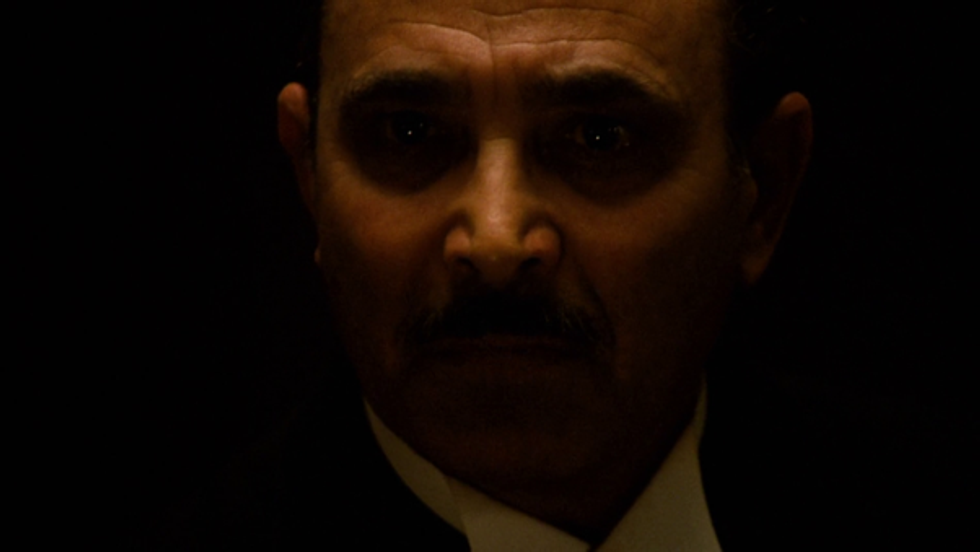 'The Godfather'CREDIT: Paramount Pictures
'The Godfather'CREDIT: Paramount PicturesChiaroscuro lighting finds its roots in the art world, particularly in the paintings of the Italian Renaissance. Artists like Caravaggio and Rembrandt were masters of this technique, using it to achieve a sense of depth, drama, and emotional resonance in their works.
In cinema, chiaroscuro lighting was popularized by film noir in the 1940s and has since become a staple in various film genres, from horror to drama.
Long after Rembrandt and co. defined it. But still, before it was used to create the pools of darkness that slowly enveloped Michael Corleone and his soul in The Godfather, Chiaroscuro lighting was pioneered in film during a movement called German Expressionism.
The sparse, harsh technique created a sense of literal darkness and would soon work it's way into American movies in prominent fashion with Orson Welles' Citizen Kane. Film noir was born shortly after that and the style became ingrained in our national psyche.
Why Use Chiaroscuro lighting
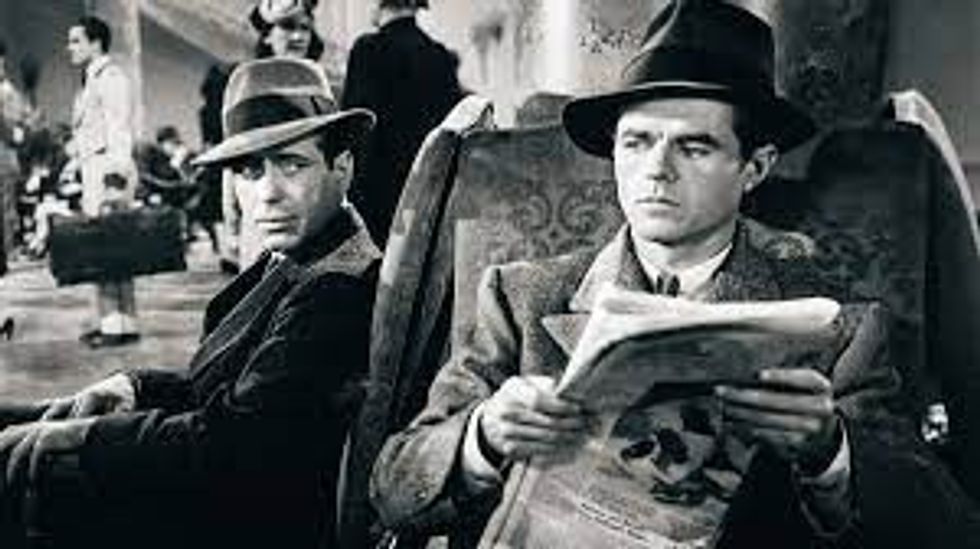 'The Maltese Falcon'CREDIT: Warner Bros.
'The Maltese Falcon'CREDIT: Warner Bros.Chiaroscuro lighting is a potent tool for conveying emotion in film. The interplay of light and shadow can emphasize a character's inner turmoil, enhance the atmosphere of a scene, or even symbolize moral ambiguity.
By using chiaroscuro effectively, filmmakers can engage viewers on a subconscious level, drawing them deeper into the story.
Wo, why else do we use this kind of lighting?
- Film Noir: Chiaroscuro lighting is synonymous with the film noir genre, known for its crime, intrigue, and moral ambiguity. The contrast between light and shadow in film noir is as much a character as the actors themselves.
- Horror: In horror films, chiaroscuro lighting is employed to heighten tension and create terrifying visuals. Shadows hide the unknown, while light reveals the horrors lurking within.
- Drama: Chiaroscuro can also be used in dramatic films to accentuate pivotal moments, heightening the emotional impact of key scenes.
The Key Elements of Chiaroscuro Lighting
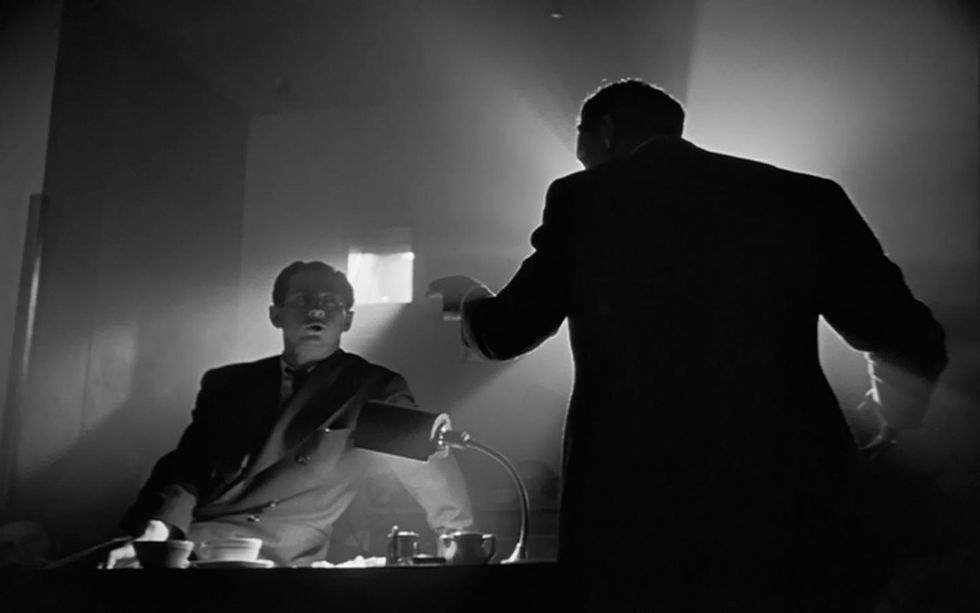 'Citizen Kane'Credit: Warner Bros.
'Citizen Kane'Credit: Warner Bros. There are many different ways to approach recreating the Chiaroscuro look. The classic method is to light half of someone's face, and let the other half fall off into darkness.
But there are varying degrees beyond that.Do you want to set up a strong backlight, creating a sort of a low-key lighting halo effect? Obscuring the figures face in the process?
We referred to chiaroscuro as painting with light, but it's also a kind of writing with light. The image and frame itself become the story.
What part of the story do you wish to reveal with light in this moment of your story?
Let's take a look at some examples at using this in your own work.
- High Contrast: At the heart of chiaroscuro lighting is a stark contrast between areas of light and shadow. This extreme contrast helps to create a sense of tension and intrigue in a scene.
- Directional Light: Chiaroscuro lighting typically involves using a single, strong light source positioned at an angle to the subject. This directional light creates dramatic shadows and highlights.
- Limited Fill Light: Fill light is minimal in chiaroscuro setups, allowing for deep shadows and areas of darkness that heighten the sense of mystery and suspense.
- Light Placement: Experiment with the angle and position of your light source to achieve the desired level of contrast and shadow.
- Modifiers: Use flags, diffusers, and gobos to shape and control the light, allowing you to craft intricate chiaroscuro effects.
- Color Temperature: Consider the color temperature of your light source to add depth and dimension to your scenes.
How to Add Depth to Your Shots
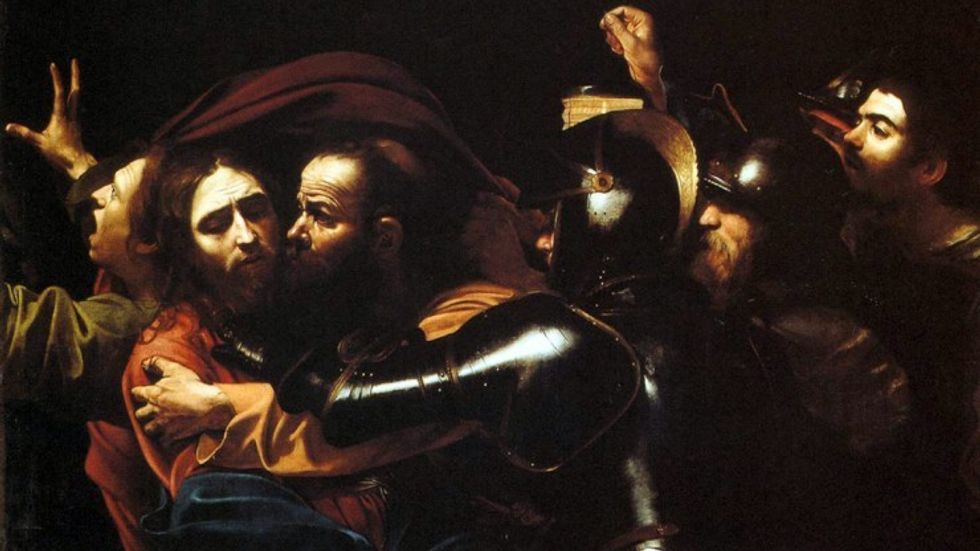
The Taking of Christ (Caravaggio, c. 1602))
There are lots of ways you can add depth to your shot -- you can place objects in the foreground and background, use a shallow depth of field, or employ the parallax effect. But chiaroscuro is one method you should know and use every time your shoot involves lighting.
Let's look back, since we're on the topic of painting, at the chiaroscuro lighting technique as employed during the Baroque period (1600s) in which Vermeer, as well as my boy Caravaggio, were busy churning out the famed tronie Girl with a Pearl Earring and The Taking of Christ respectively.
Chiaroscuro Lighting Technique and How It Works
This video by Jordy Vandeput explains the details of this lighting technique (it's more of a tenet really): how it works, how to light it, and how artists such as the great Vermeer used it in his own paintings.
In essence, this lighting technique seems simple enough -- use dimmer and brighter lights in opposing succession to create contrast (light/dark), however you'll soon find out, when handling such unwieldy things as lights, that it's true what they say: cinematography is basically painting with light -- and painting ain't no easy task.
The reason I really enjoyed this video is because I'm a huge history nerd -- if you mix film techniques with any amount of art history, I'll go cuckoo bananas. (All Jordy had to do was mention Vermeer's name.)
Chiaroscuro lighting is a timeless and visually captivating technique that has left an indelible mark on the world of cinema. Whether you're a filmmaker aiming to evoke emotion, a cinematographer seeking to create striking visuals, or simply a film enthusiast interested in the art of storytelling, understanding chiaroscuro lighting is a valuable addition to your cinematic toolbox.
By mastering the interplay of light and shadow, you can elevate your filmmaking to new heights, crafting memorable and evocative stories that leave a lasting impact on your audience. Embrace the chiaroscuro, and let your creativity shine through the darkness.
How do you create depth in your compositions?
What's your favorite Vermeer/Caravaggio painting?
Let us know in the comments below.
- How to Get the Film Noir Look on a Budget ›
- 4 Ways to Light a Scene So It Feels Dark (but Actually Isn't) ›
- Chiaroscuro Lighting: How to Create the Stunning Look In Your Images ›











